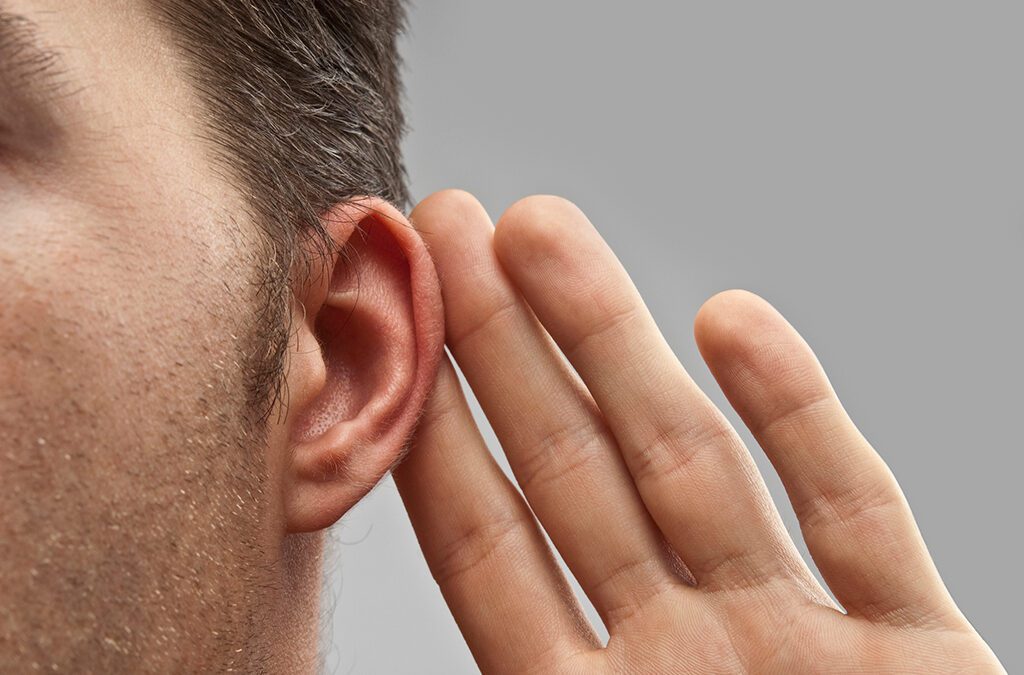Water conservation has been an important focus around the world for decades. Even though 70% of the Earth is covered in water, only about 2.5% of that water is fresh water and roughly 1% of that water is accessible for humanity. Since today is Earth Day, we thought it might be nice to see how we can conserve and improve this valuable resource. Here in Tennessee, we enjoy clean water on a daily basis. While we’ve emphasized helpful water conservation practices (turning off water while brushing teeth, fixing leaky faucets, etc) there are a few more things we can do to reduce water waste without hurting the quality of life.
I’m speaking, of course, of low-flow fixtures and aeration.
How Water is Conserved
The easiest way to save on water use is to not use it. It’s a very simply concept, and one that low-flow fixtures and aerators use effectively. By adjusting how much water flows from a faucet, they reduce consumption without sacrificing on things like water pressure.
An aerator is an interesting tool used to add air to a water line. They’ve been used in hydroponics for to add oxygen to the water lines for plants (oxygen mix is important to keep plants from dying and to keep fish healthy in aquaponics). But it’s also an effective strategy for conserving water in plumbing. By replacing a portion of the water with air (which is free), you use less water while still moving the same volume of fluid at the same rate.
To be clear, water from your shower head still flows at the same pressure, but instead of the older 5 to 8 gallons per minute, an aerator can add enough air into the mix to reduce the flow of water by as much as half the standard rate. If none of the faucets or shower heads in your home are low-flow fixtures, which already reduce the flow rate, then an aerator is a cheaper alternative for reducing water use since it can be installed into plumbing lines for multiple fixtures at once.
On the other hand, if you already need to replace a fixture, upgrading to a low-flow fixture can be cost-saving in the long run. The newest fixtures reduce flow rates to no more than 2.5 gallons per minute, without reducing the water pressure you receive. It may not seem like enough, but realize that the majority of the water we use in sinks and showers is wasted and not used at all. Consider that, if you’re taking a 30-minute shower, a regular fixture will use 150 gallons of water, while a low-flow shower head will spend only 75 at most. And that’s without any reduction in quality of living.
Possible Problems
Of course, one of the major questions about low-flow fixtures is in waste removal. Older toilets are designed to use 3 gallons of water each flush while the newer systems use 1.6 gallons. For most homes, this change isn’t a problem (and newer toilets actually include two options for each flush), but some older homes run into problems with the waste drains beneath the toilet.
The slope of the pipe beneath the toilet needs to be between 1/8-in. and ¼-in per foot to deliver solid waste to the sewer. In older homes, the force of gravity moving 3 gallons of water was enough to clear shallower slopes (sometimes even negative slopes, where it’s pushing uphill). If you’re noticing issues with backed up plumbing after installing a low-flow toilet, it may be due to the design of the pipes. Most homes will not have this problem, but if you’re concerned, it’s best to call a professional plumber to inspect the pipes and make sure you don’t need to replace them for proper drainage.
So how much are talking when it comes to the difference in water consumption? Let’s assume a family of three that showers every day. For the adults, each taking a 30-minute shower each day at 150 gallons of water, that’s 109,500 gallons of water each year. At worst, a low-flow fixture will cut that value in half. Saving roughly 55,000 gallons of water each year.
Fortunately, much of our waste water is treated, cleaned, and able to be re-used. But the less we use, the less we need to spend on reclamation (which includes associated energy costs). So in the end it’s better to simply use less. After all, the less water you use, the less you’ll spend on your water bill each year.
Metro Plumbing, Heating, and Air Conditioning is the service company you want! Call us today at (423) 616-1025!



